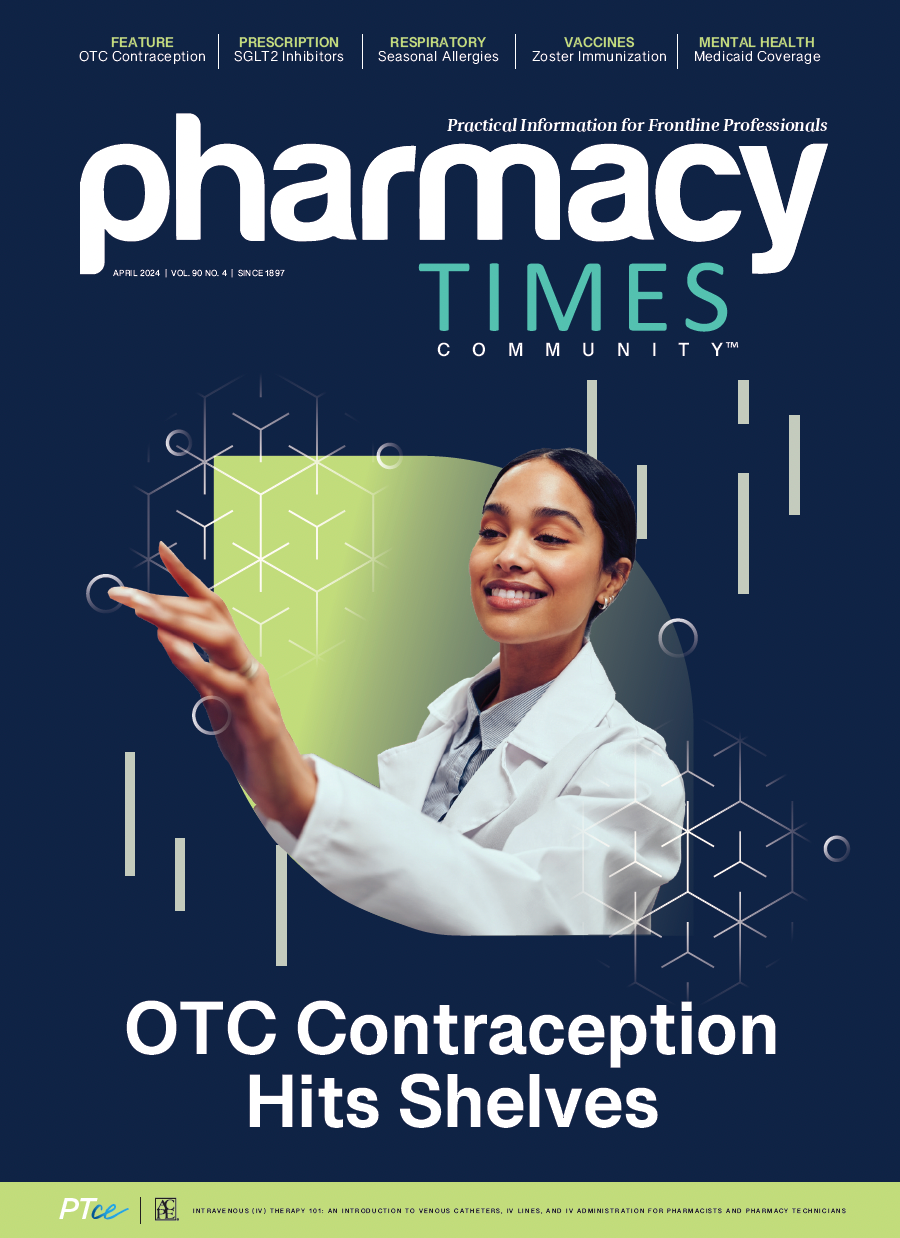Medication Safety
A medication error is any preventable event that may cause or lead to inappropriate medication use or patient harm while the medication is in the control of the health care professional or patient.1 Medication errors can occur throughout the medication use system, such as when prescribing a drug, when entering information into a computer system, or when the drug is being prepared or dispensed.1
With the pace of pharmacy moving ever faster, constant distractions, and unreasonable metrics to attain, it is no surprise that the FDA receives more than 100,000 reports of suspected medication errors each year.1 It is time to go back to basics and review the importance of accurate and complete data entry.
Patient and Contact
Information Data entry begins with patient information. The patient’s name and date of birth are used to make sure the patient is the correct person for whom the prescription was written and to make sure the correct medication is picked up by the appropriate patient or patient representative.
About the Author
Kathleen Kenny, PharmD, RPh, earned her doctoral degree from the University of Colorado Health Sciences Center in Aurora. She has more than 25 years of experience as a community pharmacist and works as a clinical medical writer based in Homosassa, Florida.
Occasionally, an insurance company may key in the member’s date of birth incorrectly. In such a situation, the patient should be instructed to contact their insurance company to make the necessary changes. Under no circumstances should the date of birth be changed in the patient’s profile to reflect an incorrect date of birth.
Contact information must be correct and up to date. In cases of drug misadventures or product recalls, patients must be contacted as quickly as possible to resolve these situations before harm comes to them. If the patient is hesitant to give such information, explain the importance of thorough, updated information to them. This usually persuades patients to give complete information.
Medical History
Patient safety also depends on recording a list of all drug allergies, health conditions, and other medications taken by the patient. Filling prescriptions without this information could cause significant harm, including death due to an unforeseen drug reaction or adverse event. Allergic reactions are difficult to predict and account for approximately 6% to 10% of all adverse drug reactions, but proper documentation plays a significant role in preventing this type of error.2
Drug-condition interactions occur when an existing medical condition renders certain drugs suboptimal or potentially harmful. One example of this is nasal decongestant use in patients with high blood pressure. Additionally, drug-drug interactions have the same risks, such as taking acid reducers along with warfarin.3
Drug and Strength
When entering a drug and its dose into the computer, pharmacists should pay special attention to lookalike or soundalike medications. Medications such as prednisone and prednisolone are often confused, as are the brand name drug Trileptal and the generic drug theophylline. Physician computer order entry is helpful in this regard but should be double-checked due to the potential for incorrect medication selection from drop-down menus and incorrect data placement.4
High-alert medications are drugs that have a higher likelihood of causing injury if misused. These are also important to double-check. Did the prescriber write an insulin prescription for U100 or U500? Has the physician appropriately converted intravenous medications to oral medications?
Finally, the strength of the medication must be accurate. Did the prescriber prescribe warfarin 1 mg or 10 mg? Which dose is appropriate given patient history? Apply critical thinking at each juncture in data entry.
Directions for Use
Ensuring the directions are complete, unambiguous, and noncontradictory is essential for patient safety. Instructions for use should contain all the following information in the following order: action, dose, dose units, route, frequency, and auxiliary information. The exception to this is when the directions indicate to take as directed or instructed. In this case, the directions must include the action and the words “as directed” and must indicate a source to which the patient should refer to obtain said directions.5
A prescription to be used as needed (PRN) must be qualified with an indication. Here is an example: “Take 1 tablet by mouth every 4 hours as needed for pain.” For non-PRN prescriptions, inclusion of an indication is recommended and helps the patient remember its intended use.5
Prescriptions used for short-term treatment must contain a duration of therapy.5 Here is an example: “Give 5 mL by mouth twice daily for 10 days.” Antibiotic suspensions should also be followed with instructions to finish the entire course of treatment even once symptoms have improved.
Importantly, e-scripts rarely follow the above format. They must therefore be edited for accuracy and clarity.
Prescriber
Correct information for the prescriber is also essential. The correct information (address, phone number, fax number, Drug Enforcement Administration identifier, and national provider identifier) will ensure the patient is not delayed in receiving their medications and will not delay notification if an error or recall should occur.
One final note to remember: After data entry is completed, proofread for accuracy and clarity. It only takes a couple of seconds and could prevent patient harm.
References
1. Working to reduce medication errors. FDA. Updated August 23, 2019. Accessed February 14, 2024. https://www.fda.gov/drugs/information-consumers-and-patients-drugs/working-reduce-medication-errors
2. Kiechle ES, McKenna CM, Carter H, et al. Medication allergy and adverse drug reaction documentation discrepancies in an urban, academic emergency department. J Med Toxicol. 2018;14(4):272-277. doi:10.1007/s13181-018-0671-7
3. Drug interactions: what you should know. FDA. Updated September 25, 2013. Accessed February 14, 2024. https://www.fda.gov/drugs/resources-drugs/drug-interactions-what-you-should-know
4. Jungreithmayr V, Meid AD, Haefeli WE, Seidling HM; Implementation Team. The impact of a computerized physician order entry system implementation on 20 different criteria of medication documentation-a before-and-after study. BMC Med Inform Decis Mak. 2021;21(1):279. doi:10.1186/s12911-021-01607-6
5. Best practices for constructing high-quality patient instructions (Sig) within e-prescriptions. STI Computer Services. June 30, 2016. Accessed February 14, 2024. https://sticomputer.com/best-practices-for-constructing-high-quality-patient-instructions-sig-within-e-prescriptions/


